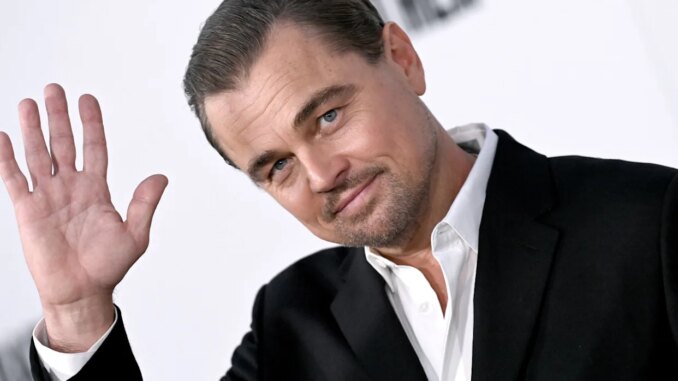
Beyond the Glitz and Glamour: Decoding the Draw of DiCaprio's New Film
The headlines scream success: "Leonardo DiCaprio's Wild New Movie Opens Strong With 22 Million at the Box Office!" Numbers like these paint a picture of instant gratification, a testament to the enduring star power of a Hollywood icon. But beyond the initial box office triumph, lies a more nuanced story: a tapestry woven with threads of DiCaprio's artistic evolution, the film's thematic resonance, and the audience's craving for narratives that push boundaries and challenge expectations. To understand the significance of this opening weekend, we must delve deeper than mere financial statistics and explore the complex allure of a DiCaprio film in the modern cinematic landscape.
One undeniable factor is the "DiCaprio Effect." His name alone carries immense weight. Decades of meticulously curated roles, from the romantic rebel in "Titanic" to the cunning conman in "Catch Me If You Can," have cemented his status as a cinematic chameleon. He's not just a pretty face; he's an actor who consistently disappears into his roles, committing wholeheartedly to each character's complexities. This dedication has earned him critical acclaim and a loyal following, one that eagerly anticipates his next project, confident that it will be a performance of substance and depth. His presence in a film is a seal of quality, promising viewers a compelling narrative and a captivating portrayal. The $22 million opening weekend is, in part, a direct result of this well-cultivated brand.
However, DiCaprio's choices increasingly reflect a desire to move beyond simple entertainment. He's become a champion of environmental awareness, using his platform to advocate for climate action and sustainable practices. This activism often bleeds into his film choices, gravitating towards stories that address societal anxieties and ecological concerns. If this "wild new movie" aligns with these themes, it's likely that the opening weekend success is bolstered by an audience seeking films that not only entertain but also provoke thought and spark dialogue. The success then becomes a testament to the power of cinema to inspire change and reflect the zeitgeist of a world grappling with pressing issues.
Moreover, the word "wild" in the headline suggests a departure from the predictable. In an era saturated with sequels, remakes, and formulaic superhero flicks, audiences are yearning for originality and innovation. A "wild" movie implies risk-taking, a willingness to push boundaries in terms of narrative, character development, or visual style. This element of unpredictability can be a powerful draw, tempting viewers who are fatigued by the cinematic status quo and craving a fresh perspective. The $22 million might represent a collective gamble, a wager that DiCaprio and the filmmakers have delivered something truly unique and unforgettable.
But the opening weekend is just the beginning. The long-term success of the film will ultimately depend on its lasting impact. Will it resonate with critics and garner awards nominations? Will it generate word-of-mouth buzz and encourage repeat viewings? Will it spark meaningful conversations and leave a lasting impression on audiences? These are the questions that will determine whether the $22 million is merely a fleeting moment of hype or a sign of a truly significant cinematic achievement.
In conclusion, the strong opening of Leonardo DiCaprio's "wild new movie" is a multifaceted phenomenon. It’s a reflection of his enduring star power, his commitment to meaningful storytelling, and the audience's desire for films that are both entertaining and thought-provoking. However, it's crucial to remember that box office numbers are just one piece of the puzzle. The true measure of success lies in the film's ability to connect with audiences on a deeper level, to ignite their imaginations, and to leave a lasting impact long after the credits roll. Only time will tell if this "wild new movie" can truly live up to its initial promise and solidify its place in cinematic history.
